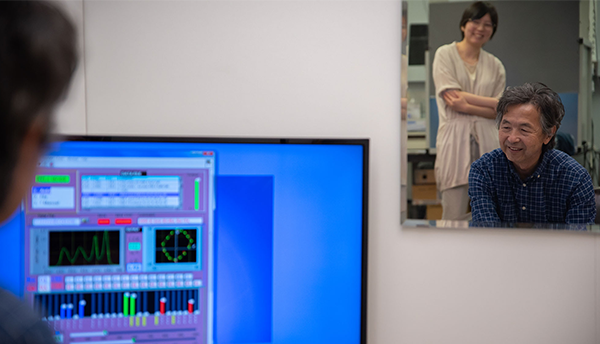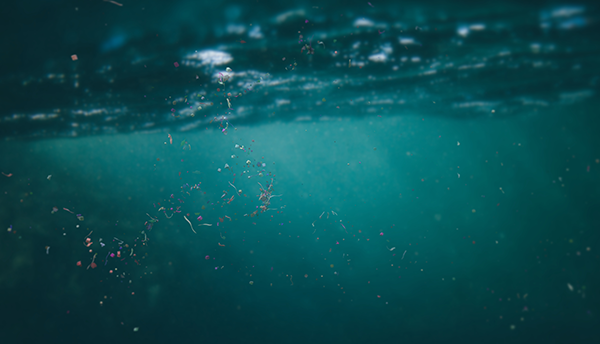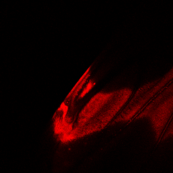
|
A biweekly news digest from the
National Institute of Standards and Technology
|
|
JULY 5, 2023
|
|
|
|
|
NIST ‘Toggle Switch’ Can Help Quantum Computers Cut Through the Noise
The novel device could lead to more versatile quantum processors with clearer outputs.
|
|
New Laser-Based Method Could Help Scientists Discover New Puncture-Resistant Materials
Using tiny, laser-launched projectiles and troves of data, scientists can now more quickly bridge the gap between a material’s microscopic properties and its real-world behavior.
|
 The Eye of the Beholder: How Lighting Affects Our Color Perception
Remember the social media controversy over the color of a dress? That’s a lighthearted example of how illumination can affect the things we see, but this is serious science.

|
Small Particles, Big Problem: Measuring Microplastics’ Impact on Fish
Viruses are not just a problem for humans — they are common in our oceans and aquatic environments, too. But how does the presence of microplastics in a fish habitat affect fish’s ability to ward off viruses?
|
|
|
New Videos Available on the NCST Champlain Towers South Investigation
Members of the National Construction Safety Team are carefully studying evidence from the disaster. See new presentations, video interviews and footage from the ongoing investigation.
|
|
|


Bee curious! We take a closer look on Facebook at an illuminated bee’s wing, courtesy of fluorescent dyes designed by NIST researchers to study materials testing.
|
|
 |
|
MORE NEWS FROM NIST |
The former NIST director led a successful push to modernize the agency’s laboratory facilities.
NAIAC’s work supports the Biden-Harris administration’s efforts to advance a comprehensive approach to AI risks and opportunities.
The group will build on NIST’s Risk Management Framework to tackle risks of rapidly advancing generative AI.
|
|
|
|
 Meet Georgette Hlepas of the Army Corps of Engineers, who is working with NIST in the Champlain Towers South investigation. Hlepas co-leads the investigation’s remote sensing and data visualization project. See more on YouTube.
|
For Good Measure
NIST researchers invent some really neat things in the process of advancing measurement science and standards. For starters, we introduced the first atomic clock in 1949 for measuring the second. In the 1990s, our atomic clock technology gave us the tools to develop some of the first building blocks for quantum computing. The tradition continues with the invention of a “quantum toggle switch” that could be useful for future quantum computers. It was demonstrated in superconducting circuits, a setup in which we have had many innovations, from quantum voltage standards to quantum drums that could also be used for future computing applications. We hope you enjoyed this issue!
—Ben P. Stein, Managing Editor
|